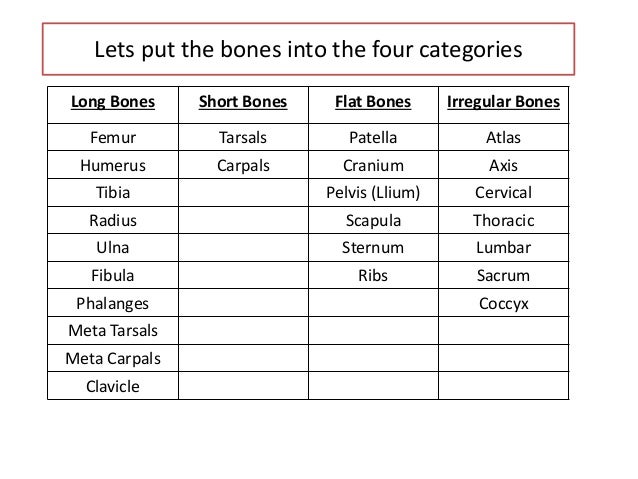

(Image credit: Ross Toro, Livescience contributor) What's inside your bones?Īll about your body's skeleton, the framework of bones that keeps you together. For example, the female pelvis is typically more broad, thin, and round than the male pelvis, according to the National Museum of Natural History. There are some variations between male and female skeletons. These small, round bones are embedded in tendons and protect them from the great pressure and force they encounter. Sesamoid bones are found in the hands, wrists, feet, ears and knees.Irregular bones are those in the spinal cord and face, which, because of their unique dimension, don't fit in any of the other shape categories.These curved, thin bones protect internal organs and provide an anchor for muscles. Flat bones make up the skull, shoulder blades, sternum and ribs.


Short bones are found in the wrists and ankles and are about equal in their length, width and thickness.They move when the muscles around them contract, and they are the most mobile parts of the skeleton. These bones are longer than they are wide and are cylindrical. Long bones are found in the arms, legs, fingers and toes.The upper portion allows for a greater range of motion when lifting and carrying objects.īones are further classified by their shape: long, short, flat, irregular or sesamoid, according to SEER. The lower portion of the appendicular skeleton protects the major organs associated with digestion and reproduction and provides stability when a person is walking or running. The remaining 126 bones make up the appendicular skeleton they include the arms, legs, shoulder girdle and pelvic girdle.


 0 kommentar(er)
0 kommentar(er)
